Your basket is currently empty!
Herbs
Thyme

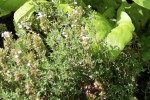

- Thyme “Thymus vulgaris”
- Well-drained, even stony poor soils in sun; most thyme prefer neutral to alkaline soil
- Trim lightly after flowering to maintain bushy habit
- Fresh or dried leaves and flowers used to flavour many dishes especially French cookery
More details
Full name: ‘Nero di Toscana’, ‘Cavolo Nero’, or literally ‘Black Cabbage’
Grow season: March – July (made up info, just to fill in some text)
Color:
Size:
Weight:
Some other interesting fact:
Basil

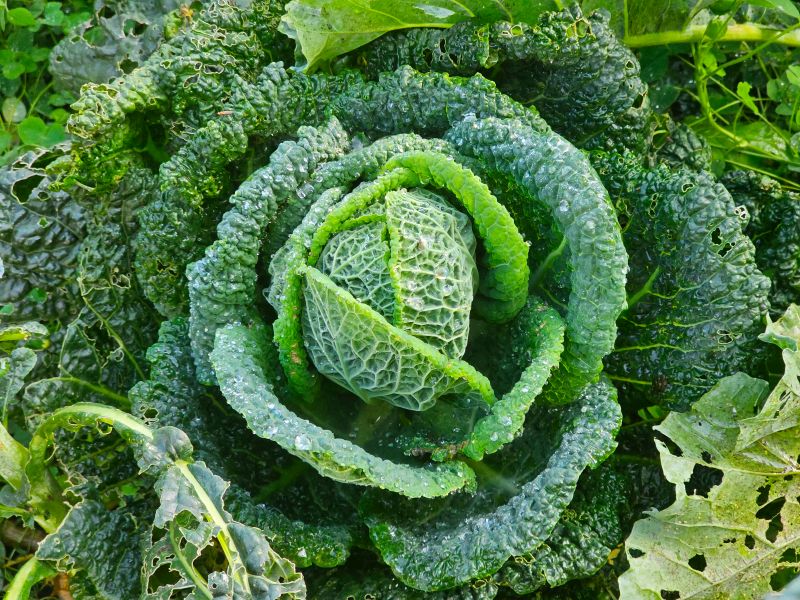
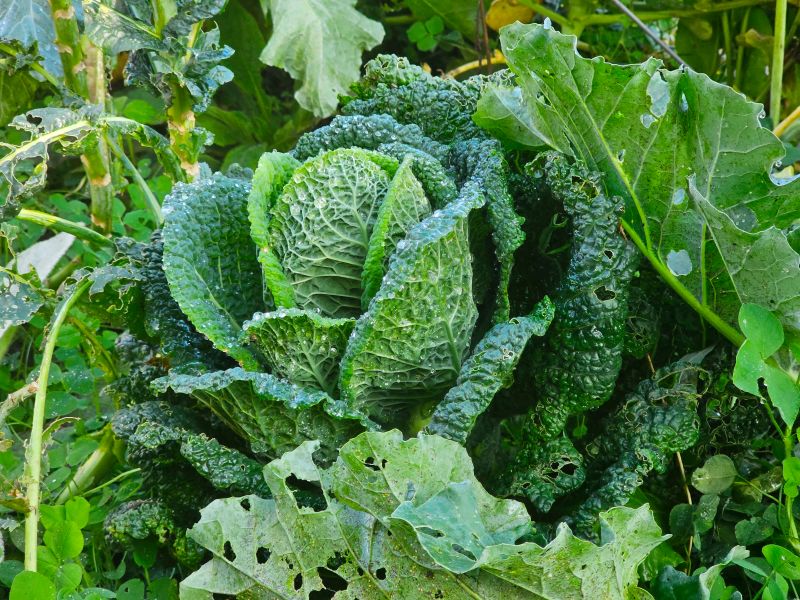
- Basil “Ocimum basilicum”
- Grow in rich, light well-drained to dry soils in sun
- Pinch out growing tips to encourage bushiness and delay flowering, though regular sowings are still needed to a summer-long supply
- Leaves are picked during the growing season and used fresh or dried
- Purple-leaved cultivars have ornamental value
More details
Full name: ‘Nero di Toscana’, ‘Cavolo Nero’, or literally ‘Black Cabbage’
Grow season: March – July (made up info, just to fill in some text)
Color:
Size:
Weight:
Some other interesting fact:
Parsley



- Parsley “petroselinum crispum”
- Rich, well-drained neutral to alkaline soil in sun or part shade
- Pick leaves just before flowering and use fresh; an essential ingredient in French, Italian and Middle East cookery
More details
Full name: ‘Nero di Toscana’, ‘Cavolo Nero’, or literally ‘Black Cabbage’
Grow season: March – July (made up info, just to fill in some text)
Color:
Size:
Weight:
Some other interesting fact:
Rosemary
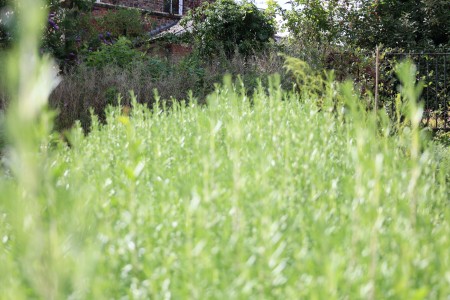
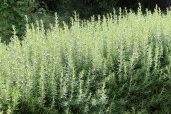
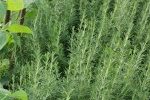
- Rosemary “Rosmarinus officinalis”
- Well-drained, ideally neutral to alkaline soil in full sun with shelter in cold areas as it rarely survives prolonged freezing
- Remove dead stems and weak growth in spring, prune after flowering to encourage bushy growth
- Fresh or dried leaves are used for flavouring, especially meat such as lamb. Fresh sprigs can be steeped in vinegar or olive oil
More details
Full name: ‘Nero di Toscana’, ‘Cavolo Nero’, or literally ‘Black Cabbage’
Grow season: March – July (made up info, just to fill in some text)
Color:
Size:
Weight:
Some other interesting fact:
Sage
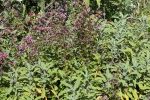

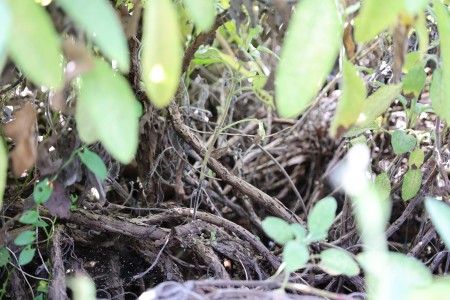
- Sage “Salvia officinalis”
- Well-drained to dry neutral to alkaline soils in full sun, sage dislikes damp conditions and low light in winter
- Many cultivars have excellent ornamental value
- Hard prune in early spring to promote bushy growth
- Leaves are used to flavour many dishes, especially meat. Fresh or dried leaves are used for tea
More details
Full name: ‘Nero di Toscana’, ‘Cavolo Nero’, or literally ‘Black Cabbage’
Grow season: March – July (made up info, just to fill in some text)
Color:
Size:
Weight:
Some other interesting fact:
Borage
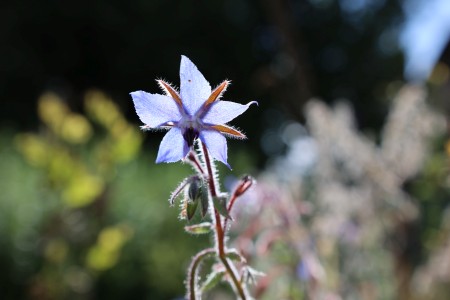
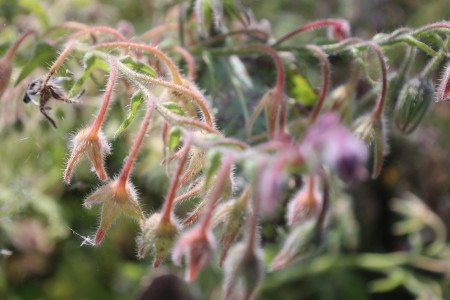
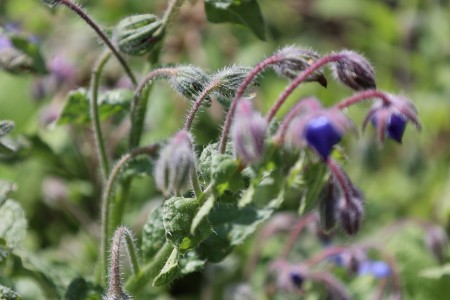
Borage is an easily-grown herb used in informal areas such as cottage gardens, wildlife areas and vegetable patches. The usually sky blue flowers are edible and can garnish summer drinks and salads. Borage is an annual so will need to be raised from seeds or young plants each year
More details
Full name: ‘Nero di Toscana’, ‘Cavolo Nero’, or literally ‘Black Cabbage’
Grow season: March – July (made up info, just to fill in some text)
Color:
Size:
Weight:
Some other interesting fact:
Bay



- Bay “Laurus nobilis”
- Well-drained soil in sun or part shade
- Bay also lends itself well to container-growing
- Trim to shape in summer, removing suckers from standards and topiary as they appear
- Leaves can be picked in summer for drying
More details
Full name: ‘Nero di Toscana’, ‘Cavolo Nero’, or literally ‘Black Cabbage’
Grow season: March – July (made up info, just to fill in some text)
Color:
Size:
Weight:
Some other interesting fact:
Caraway



- Caraway “Carum carvi”
- Well-drained, fertile soil in full sun, tolerant of heavy soils
- Leaves and roots used fresh as vegetable, seeds, when ripe, used dried
More details
Full name: ‘Nero di Toscana’, ‘Cavolo Nero’, or literally ‘Black Cabbage’
Grow season: March – July (made up info, just to fill in some text)
Color:
Size:
Weight:
Some other interesting fact:
Chervil



- Chervil (Anthriscus cerefolium)
- Rich, light, moisture-retentive soil in part shade
- Delicate anise flavour, leaves used fresh in salads or in French cooking; flowers and roots are also edible
Coriander



- Coriander (Coriandrum sativum)
- Well-drained fertile soil in full sun, although leaves may be more productive in part shade
- Leaves and roots used fresh, especially in Thai cooking
- Seeds used dried in curries and pickles
Dill



- Dill (Anethum graveolens)
- Well-drained neutral to slightly acid soil in sun
- Leaves are cut in spring and summer for using fresh or dried; seeds harvested in summer for use dried, all widely used in cooking, especially Scandinavian cookery
Marjoram



- Marjoram (Origanum vulgare)
- Grows best in well-drained to dry, neutral to alkaline soil in sun
- Leaves are picked during the growing season; often used dried in Italian, Greek and Mexican cuisine
Mint



- Mint (Mentha spp.)
- Rich, moist soil in sun or part shade where it may become invasive, so it is best grown in a container and regularly divided
- Strongly aromatic leaves used for flavouring and tea
French tarragon



- French tarragon (Artemisia dracunculus)
- Well-drained, neutral to slightly alkaline soil in sun
- Pick leaves before flowering
- Distinctive, aromatic leaves used to flavour chicken and egg dishes, salad dressing and sauces
Oregano
Cultivated Date : Unknown
Highly fragrant, used in odoriferous waters, powders an is utilized as ornament or delight.
Tarragon
Cultivated Date : Unknown
Angelica
Cultivated Date : Unknown
Known as “herb of the fairies” in middle ages as it was believed it provided protection against plague.
Common sage plant
Cultivated Date : Unknown
Native to southern Europe, enjoys hot and sunny spots in well-drained soil.
Lemon balm
Cultivated Date : Unknown
small, pale yellow flowers and lemon-scented leaves.
Allium Schoenoprasum
Cultivated Date : Unknown
apium graveolens
Cultivated Date : Unknown
calamintha nepeta
Cultivated Date : Unknown
chamomile
Cultivated Date : 1561
clinopodium vulgare
Cultivated Date : Unknown
laurus nobilis
Cultivated Date : Unknown
